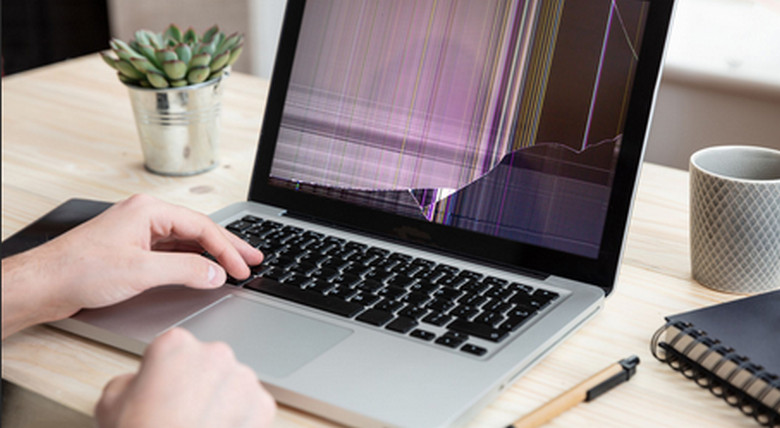Although Windows updates are necessary to keep systems secure and operating efficiently, occasionally an upgrade may result in unanticipated problems. It may be possible to fix unexpected computer behavior after an update by uninstalling it. Here’s a detailed how-to.
The source symbol
Finding the Offender Update
Prior to beginning the removal procedure, identify the problematic update. Although it can be difficult, try this:
Examine the history of updates: Navigate to Settings > Windows Update > Update History under Update & Security. See if there have been any upgrades that could relate to the problem.
Keep an eye out for persistent issues: If a certain update causes the problem to recur frequently, that’s probably the cause.
Taking Out a Windows Upgrade
Note: Uninstalling updates may occasionally result in security flaws. Use cautious as you proceed and make sure you have backups of all important data.
The source symbol
First Method: Making Use of Settings
Access the Settings: Hit the Windows key plus I.
Go to Security & Update: Then select “Update & Security.”
The source symbol
Select the option labeled “View update history.”
The source symbol
In order to remove an update, select “Uninstall updates.”
The source symbol
Choose the update: Select the update that you believe is creating issues.
Remove: To uninstall the update, adhere to the instructions displayed on screen.
Using the Command Prompt is Method 2
Open the Administrator Command Prompt: Locate “Command Prompt” using a Start menu search, then right-click and choose “Run as administrator.”
View the Windows Update logs: Enter “wulog.exe” after typing it. A log file will open as a result.
Determine which update is the issue: Check the log file for the update’s KB number (KB4567890, for example).
Remove the update: Execute the subsequent command, substituting “KB4567890” with the precise KB number:
Shout
install /kb:KB4567890 wusa
Proceed with caution when using code.
Restart your computer: To make the modifications take effect after the uninstallation, restart your computer.
Troubleshooting Hints
Make a system restore point: In order to undo modifications if needed, make a system restore point before deleting an update.
After the update has been removed, look for updates and install any that are missing.
Temporary profiles: Try making a new user profile if the problem still occurs.
a spotless boot Try a clean boot to identify the source of the issue.
Knowing When to Perform a System Restore
Try running a system restore if the problem persists after deleting the update. This can potentially reverse any changes made by the problematic update by returning your machine to a previous state.
Important: Use caution while doing system restores as they may remove recently installed applications and files.
It’s Better to Prevent Than to Treat
In order to lessen the possibility of update-related problems:
Updates can be put on hold for a short while to allow you to evaluate any possible issues.
Make frequent backups of your system by creating restoration points on a regular basis.
Keep an eye out for problems: Watch how your machine performs following updates.
Windows update-related problems can be efficiently troubleshooted and resolved by following these methods and using caution.
Would you like additional information about how to troubleshoot specific error messages or avoid future update problems?
Disclaimer: Depending on your Windows version, particular methods may differ even if this article offers basic information.



